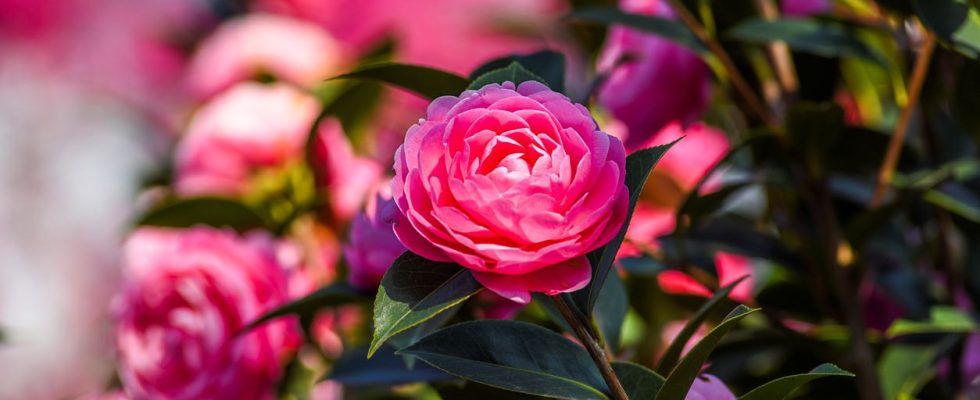
A dazzling winter bloom
We have been waiting for eight months for its flowering. At the heart of the smooth, glazed leaves, the flower buds formed at the end of last summer, round out day after day, and then open without warning, revealing the most delicate, most moving flower there is. Symbol of love and harmony in Japan, most camellias flower very opportunely around Valentine’s Day even if, as we will see, the spectacle is almost permanent.
Firstly because the shrub bears persistent, thick and shiny foliage, which remains decorative all year round. Its stiff or lanky silhouette depending on the variety lends itself admirably to staging: free or trimmed hedges, monospecific or mixed, shrub beds, bottom of perennial beds, trellising against a wall, at the edge of a terrace…
In pots, you can try the hardiest species as well as the freshest ones.
vests since it is easy to protect them with winter veil. The subjects that you will cultivate in this way do not measure more than 1 m in height and their growth remains slow and reducible in size.
Finally, the flowering, stunning, sometimes delicately scented, lasts a long time, often two months without interruption, sometimes more. By mixing Camellia sasanqua autumn, mid-season species flowering from December (hybrids and certain japonica) and later camellias, you treat yourself to a spectacle from October to April. Who says better?
Camellia: A varied and elegant flower
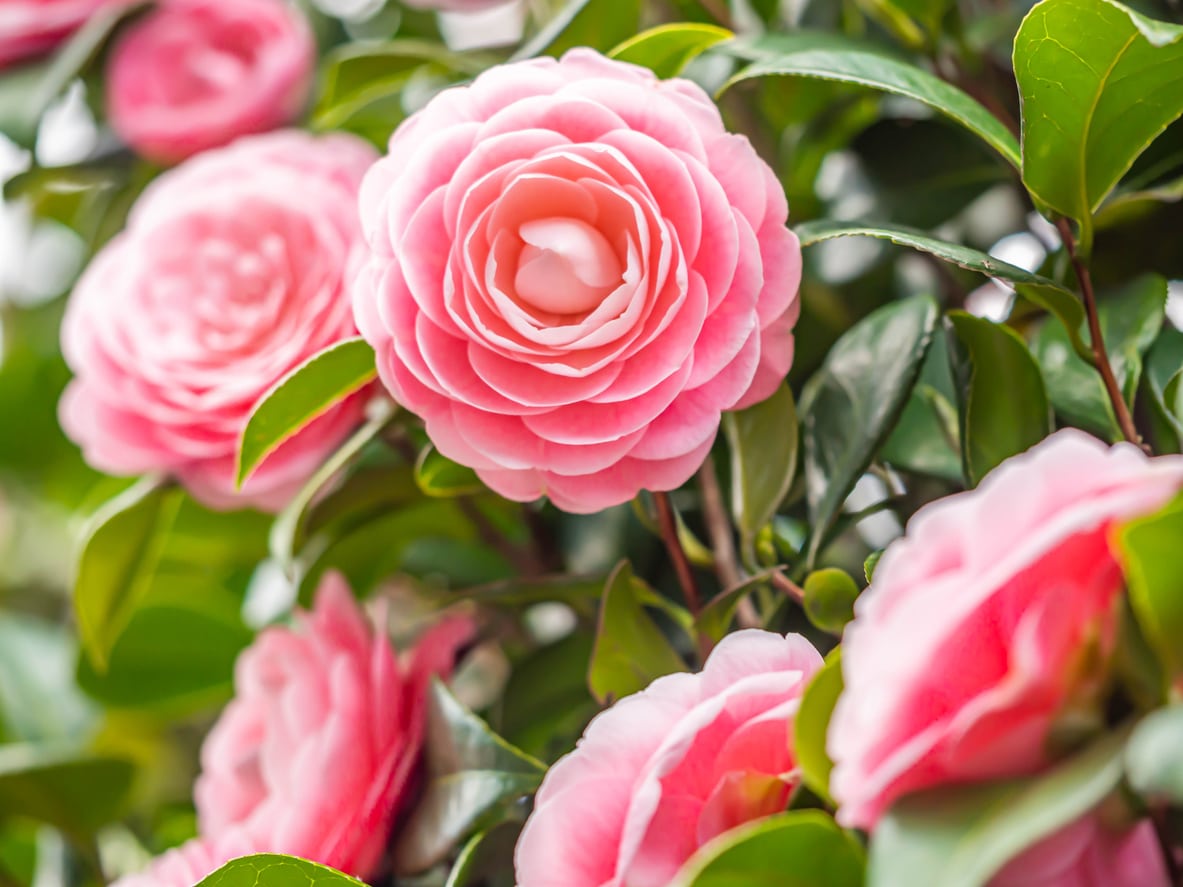

In recent years, we have witnessed a blossoming of the range of camellias: the gardener is looking for both the “boutonniere camellia”, with its round and perfect shape, autumn species and botanicals with a very different look.
- THE Camellia japonica remains the most popular. It is believed to be the first to arrive in Europe: the English seeking to import tea plants (sinensis) to break the monopoly, ended up with plants of C. japonica, whose taste interest is inversely proportional to its ornamental interest! In any case, hundreds of rather hardy cultivars have emerged.
- The “Higo” is a type of japonica with single flowers and enormous bouquet of protruding stamens. Cultivated by generations of samurai, it is less known here because it only came to us after the Second World War. It is rustic almost everywhere in France (except extreme regions).
- THE Camellia reticulata, originating from China, are considered more fragile than the others, but those who are lucky enough to live on the Atlantic coast – from Cherbourg to Biarritz – or within Paris, can enjoy their immense flowers.
- THE Camellia sasanqua flower between September-October and December-January. If they are said to be quite sensitive to winter, they behave well south of the Loire and anywhere where the intense cold does not last long.
- The “country folk”: This term does not correspond to a botanical category but brings together various varieties from transnokoensis, sinensis, lutchuensis or others, which are distinguished by a flexible habit, smaller leaves and miniature flowers.
- Botanicals: Among those found in France, remember the very rustic oleifera whose white flowering delights us in January-FebruaryC. chrysantha with yellow flowers (to be protected in winter), C. hiemalis quite close to C. sasanqua…
Higo
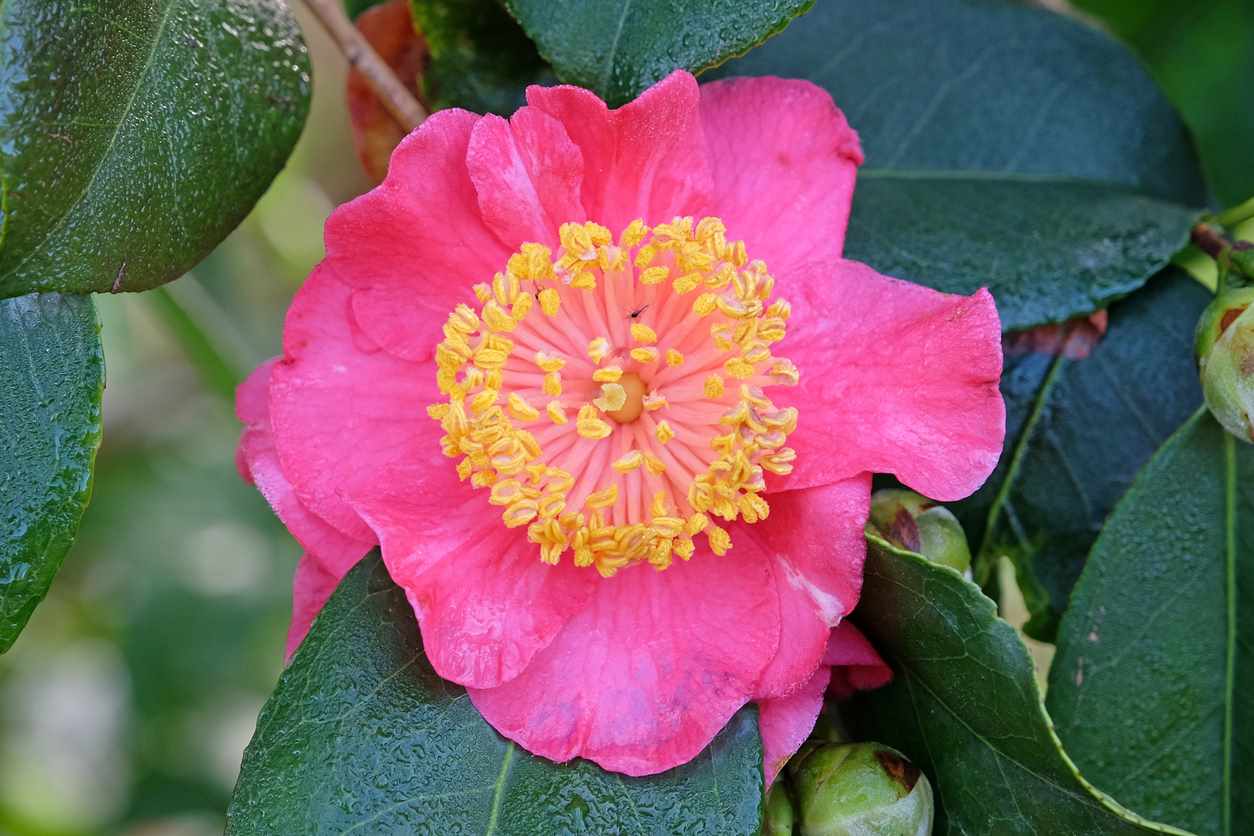

Among the more than a hundred existing varieties, ‘Kyô-nishiki’ is one of the most surprising with its white petals more or less streaked with red.
Camellia Japonica


‘Volcano’ is distinguished by “anemone flowers” like ‘Mark Alan’, ‘Snow Chan’ or ‘Anemone Frill’. It flowers for a very long time, from January.
Botanicals and hybrids
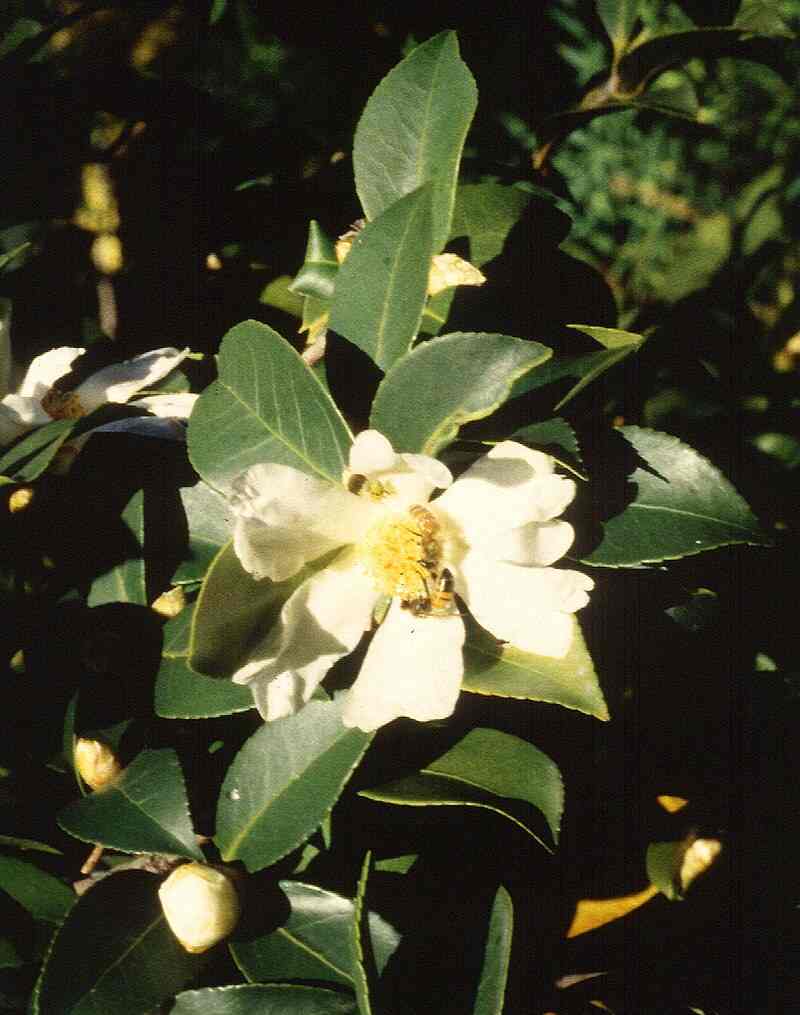

C. sasanqua oleifera ‘Francois Gagnepain’ is a recent creation by Rosmann and Thoby. It combines fragrant flowering from October to January and rapid growth.
Sasanqua


This term comes from the Japanese sazanka, but it is also a good way to remember that their scent is delicious, green and fresh.
Camellia “Country”.


Abundant small, delicate, fragrant flowers on a robust, upright shrub are ‘Fairy Blush’, a lutchuensis hybrid created in New Zealand.
Reticulata
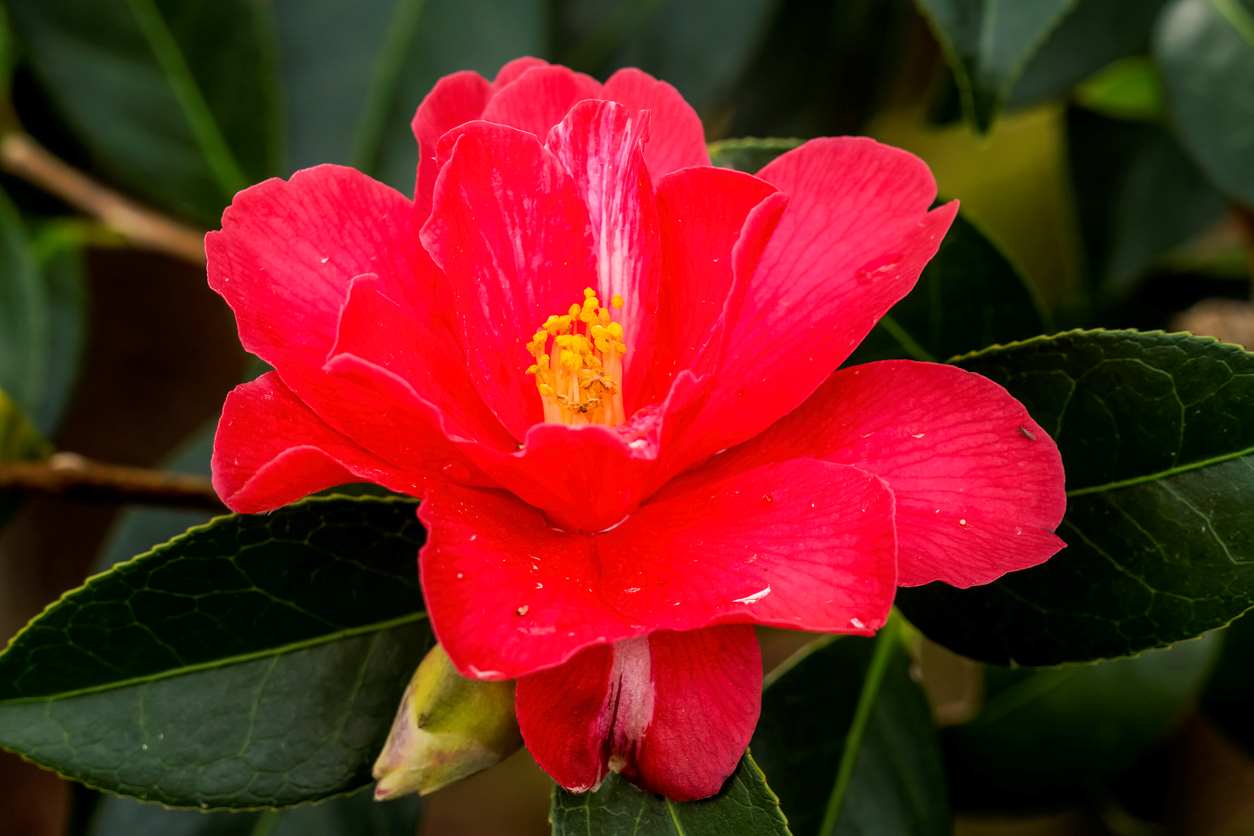

Everything is big about ‘Valley Knudsen’, the size of the shrub (a little stiff but slow growing) and especially its flowers, more than 10 cm in diameter. To succeed in their cultivation
How to successfully grow camellias?
Camellias, with their delicate flowers and evergreen foliage, add a touch of elegance to any garden. To successfully cultivate them, a few tips are essential. Find out how to choose the right location, prepare the ideal soil and keep these beauties thriving.
1. Planting
In the fall or late winter, dig a hole with a volume double that of the root ball. Soak it with its container in cold but not icy water. Meanwhile, prepare a mixture of 25% peat, 25% garden soil, 50% so-called heather soil and fill the bottom of the hole. Remove the container. Place the plant upright and finish filling by tamping it down around it. Above all, do not bury the rootball too much: its surface must be at ground level.
And in a pot? It is an excellent solution for terraces, small gardens and limestone regions, especially since the camellia adapts very well to it. Choose a pot with holes so that excess water does not stagnate at the bottomprovide a good drainage layer (pebbles, shards or clay balls) and fill the “shrub” with a mixture of so-called heather soil and potting soil in the absence of garden soil.
2. Coppicing
If you have an old subject that is struggling a little or that no longer looks like anything, you can regenerate it by transplanting it. Don’t be afraid to cut branches 3 to 4 cm in diameter with a clean saw. Your camellia will recover very well, provided you intervene in winter because the sap is then significantly less active (in summer) it would drip with sap and lose vigor.
3. Size
Although it is not absolutely necessary, pruning promotes branching and keeps the shrub an attractive silhouette. Classic training pruning is carried out in May-June with good, sharp pruning shears.
This involves removing dead wood, misplaced branches and shortening each branch by a third. The lankier the variety (like C. sasanqua), the more you can prune (up to half the branch).
Camellias love
- Light soils rich in humus.
- Regular watering especially in summer.
- A constant, average temperature.
- A humid atmosphere.
Camellias hate
- Excessively calcareous soils.
- Extreme temperatures, very high or very low.
- Warm locations, facing south.
- Drafts and cold winds.
- Aphids and mealybugs.
- Excess fertilizer.
Spelling dispute: camellia or camellia?
Should we write camellia or camellia? Some of our astute and punctilious readers point out to us that the only spelling that prevails is camellia with two I’s and no accent, the terrible fault falling to Alexandre Dumas fils who wrote “La dame aux Camélias” in 1848. However, custom dictates that we tolerate “camellia” in everyday language, reserving “Camellia” for botanical details, failing to use Kamelia.
After all, even if he went through Latin Camellusdidn’t Linnaeus dedicate this plant to the Jesuit father Georg Joseph… Kamel?

